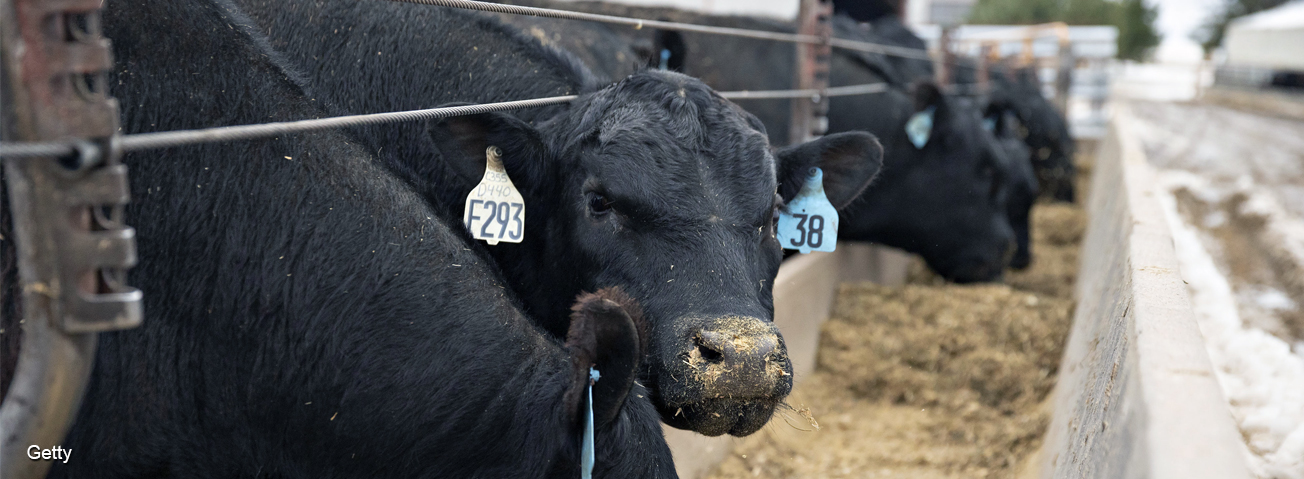
Demand Factors Key To Measuring Trade Impacts of Country of Origin Labeling
- by William Hahn and Sharon Sydow
- 7/6/2020
One of the core activities in the World Trade Organization (WTO) is the resolution of trade disputes that arise when a member believes another member is not complying with WTO rules or commitments. In 2009, Canada and Mexico initiated such a dispute against the U.S. Country of Origin Labeling (COOL) measure.
The 2002 Farm Bill included provisions to require retailers to inform consumers of the country of origin of certain commodities, including beef and pork. Prior to 2009, COOL was voluntary, but in late 2008, USDA was required by statute to make it mandatory for retailers. COOL required that labels on much of the beef and pork sold in the U.S. market include information on where the animal was born, fed, and slaughtered.
Canada and Mexico argued that this measure required U.S. firms to segregate domestic and imported livestock in order to provide the required information on where the animal was born, raised, and slaughtered. They claimed this resulted in higher costs for using imported animals since a firm purchasing only U.S. animals would not incur segregation costs. These higher costs, they argued, put Mexican and Canadian livestock at a competitive disadvantage. The WTO found COOL to be inconsistent with WTO global trade rules, requiring the United States to revise the measure.
The United States revised COOL in 2015; however, the WTO found that the revised regulation was also non-compliant. Under WTO rules, a country may request to raise tariffs if a country has a non-compliant measure. The United States, Canada, and Mexico provided the WTO with estimates of the trade losses due to non-compliance, each using different methods. Canada’s total estimate was C$3.1 billion (US$2.7 billion) and Mexico’s was US$0.7 billion. The WTO arbitrator made its own calculation lowering Canada’s damage estimate to C$1.05 billion, (US$0.9 billion) and Mexico’s to US$0.23 billion.
None of the analyses provided by Mexico, Canada, or the WTO accounted for how Mexican, Canadian, and U.S. livestock competed with one another. For example, the more animals the U.S. imports from Canada, the fewer it needs to import from Mexico, and the fewer that it will produce. Additionally, the analyses excluded the costs that COOL imposed on U.S. livestock, and meat production, as well as marketing. In 2019, researchers used an equilibrium displacement model that accounts for factors of demand such as competition and cost, finding trade losses less than US$0.1 billion for both countries. Even using much higher differential costs, the model produced damage estimates 20-30 percent lower than the WTO damages, as shown in the table below.
| Exports to United States, 2014 | WTO estimates of trade losses | Adjusting WTO estimates for U.S. supply and demand response | |||
|---|---|---|---|---|---|
| Billions U.S. dollars | Billions U.S. dollars | Billions Canadian dollars | Billions U.S. dollars | Percent change from WTO estimate | |
| Canada | $1.58 | -$0.92 | -$1.05 | -$0.67 | -27% |
| Mexico | $1.26 | -$0.23 | NA | -$0.18 | -19% |
| Source: “Revisiting U.S. country of origin labeling trade damage estimates: How an equilibrium displacement model performs under different scenarios,” Canadian Journal of Agricultural Economics/Revue canadienne d'agroeconomie. | |||||
In December 2015, the U.S. Congress repealed COOL for beef and pork before the WTO authorized retaliation. To this date, Mexico and Canada have not agreed to a settlement of the dispute, but also have not retaliated against the United States. COOL remains in place for other commodities, including lamb, poultry, and fish.
This article is drawn from:
- Hahn, W. F., Sydow, S. S., & Preston, W. P. “Revisiting U.S. country of origin labeling trade damage estimates: How an equilibrium displacement model performs under different scenarios". (2019). Canadian Journal of Agricultural Economics/Revue canadienne d'agroeconomie, 67(4), 349-361.

